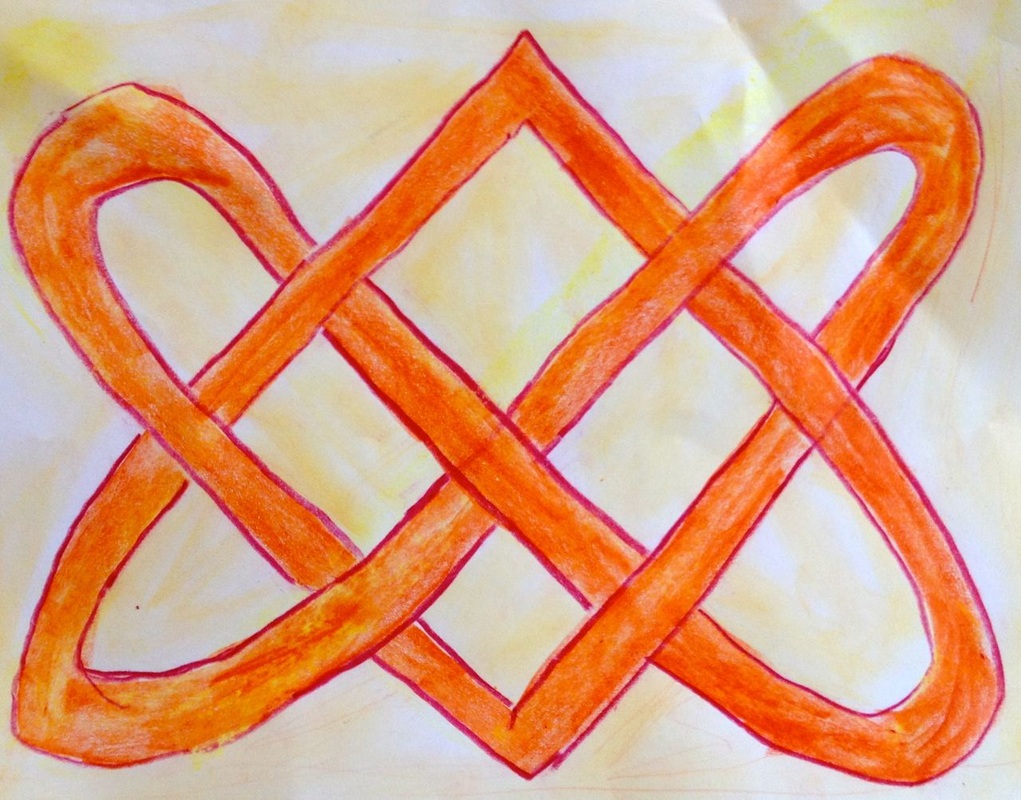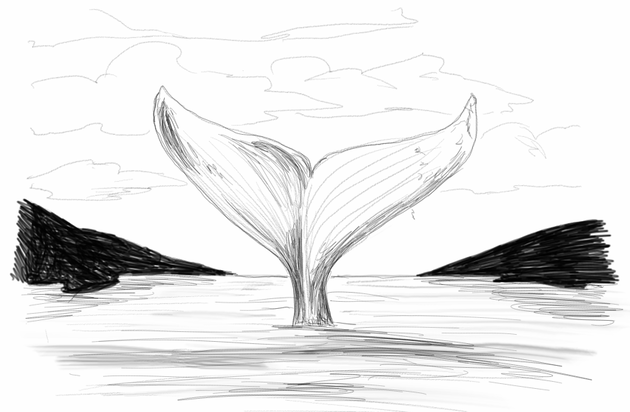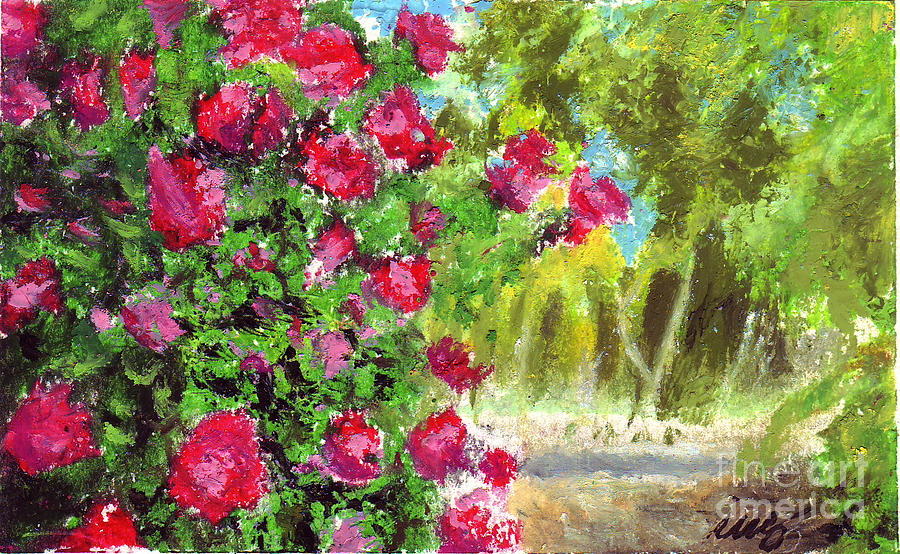Slice diced forms drawing in 2020
Table of Contents
Table of Contents
Have you ever marveled at a painting or a sculpture and wondered how the artist was able to create such lifelike three-dimensional forms? Whether you’re a seasoned artist or a beginner, learning how to draw form in art is an essential skill. In this blog post, we’ll teach you the basics of form drawing and how to create convincing three-dimensional shapes on paper.
The Pain Points of Drawing Form in Art
Drawing forms accurately can be challenging for many artists. Getting the proportions, angles, and shadows just right can feel daunting, especially for beginners. It can be frustrating to spend hours on a drawing only to realize that it looks flat and two-dimensional.
How to Draw Form in Art
The key to drawing convincing three-dimensional forms is to understand how light and shadow work together to create depth. By studying the way light interacts with different shapes, you can learn to create the illusion of volume and form.
Start by drawing simple geometric shapes like cubes, spheres, and cylinders. Once you feel comfortable with these basic forms, you can move on to more complex shapes like human figures and animals.
To create the illusion of depth, use shading to create areas of light and dark. Areas that are facing away from the light source will be darker, while areas that are facing towards the light will be lighter.
Practice creating the illusion of form by shading and highlighting different areas of your drawings. Experiment with different light sources and angles to create convincing three-dimensional shapes.
Summary
In summary, the key to drawing form in art is to understand how light and shadow interact to create the illusion of depth. By practicing with geometric shapes and experimenting with shading and lighting, you can learn to create convincing three-dimensional forms.
How to Draw Form in Art: Tips and Tricks
One of the best tips for drawing form in art is to pay close attention to the way light interacts with different surfaces. The angle of the light source and the texture of the surface can greatly affect the way shadows are cast and the illusion of form is created.
Another helpful trick is to use reference materials like photographs and real-life objects to study the way light interacts with different shapes. By closely observing the way light and shadow work, you can learn to create more convincing three-dimensional forms.
It’s also important to pay attention to the proportions of your drawings. Even the most detailed shading and lighting won’t look convincing if the proportions are off. Use tools like a ruler or a grid to help you create accurate proportions.
The Importance of Practicing Form in Art
Practicing form drawing is essential for any artist who wants to create lifelike and convincing artwork. By practicing drawing different shapes and experimenting with shading and lighting, you can improve your ability to create three-dimensional forms.
Form drawing is also an important foundation for more advanced art techniques like figure drawing and portraiture. By mastering the basics of form drawing, you’ll be better equipped to tackle more complex subjects and create more nuanced and detailed artwork.
Using Form in Art: Examples and Ideas
One of the most exciting things about learning how to draw form in art is the endless creative possibilities it opens up. Whether you’re interested in painting, sculpture, or digital art, understanding form is essential.
Experiment with different mediums and techniques to create lifelike three-dimensional forms. For example, if you’re interested in traditional painting, try using different brush strokes and layering techniques to create depth and texture. If you’re more interested in digital art, experiment with lighting effects and 3D modeling to create convincing forms on your computer.
Question and Answer
Q: What is the difference between form and shape in art?
A: Form refers to the three-dimensional quality of an object, while shape refers to its two-dimensional outline or silhouette.
Q: Why is form important in art?
A: Form is important in art because it helps create the illusion of depth and adds a lifelike quality to the artwork.
Q: How do you shade a form in art?
A: To shade a form in art, use a range of tones to create areas of light and dark. Start with a mid-tone and gradually add darker tones to areas that are facing away from the light source. Use lighter tones on areas that are facing towards the light source.
Q: What are some common mistakes artists make when drawing form?
A: Some common mistakes include incorrect proportions, poor understanding of light and shadow, and lack of attention to detail.
Conclusion of How to Draw Form in Art
Learning how to draw form in art is an essential skill for any artist who wants to create lifelike and convincing artwork. By understanding how light and shadow work together to create the illusion of depth, you can create three-dimensional forms that jump off the page. Whether you’re a beginner or a seasoned artist, practicing form drawing is key to improving your skills and taking your artwork to the next level.
Gallery
Learn Art, Form Drawing, Drawings

Photo Credit by: bing.com / conceptdiagram lifeinhamburg
How To Draw Form - YouTube

Photo Credit by: bing.com /
Slice Diced Forms Drawing In 2020 | Form Drawing, Shape Art, Art Lessons

Photo Credit by: bing.com / sliced diced createartwithme
Form Drawing (4th) - Archived SBS Grade 4

Photo Credit by: bing.com / form drawing waldorf 4th grade weebly drawings lesson main book help
Learn To Draw In 30 Days - An Easy And Effective Approach Anyone Can

Photo Credit by: bing.com / shapes





